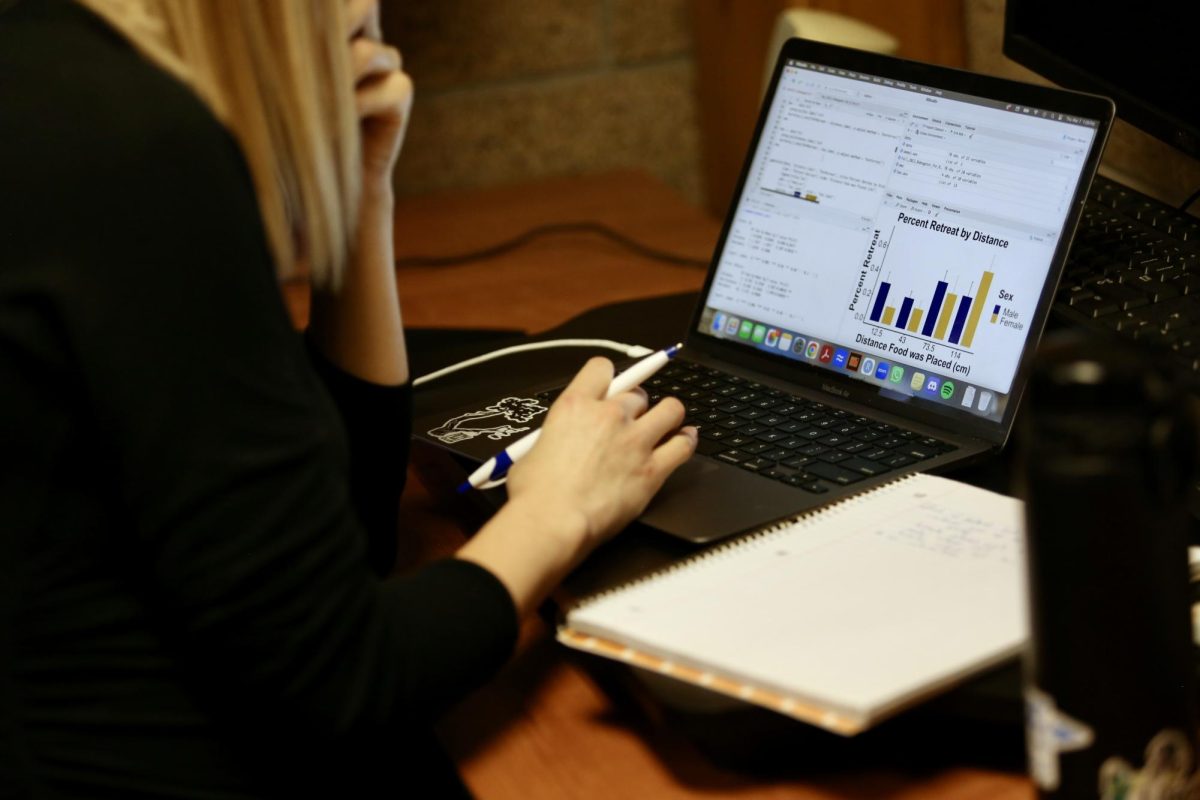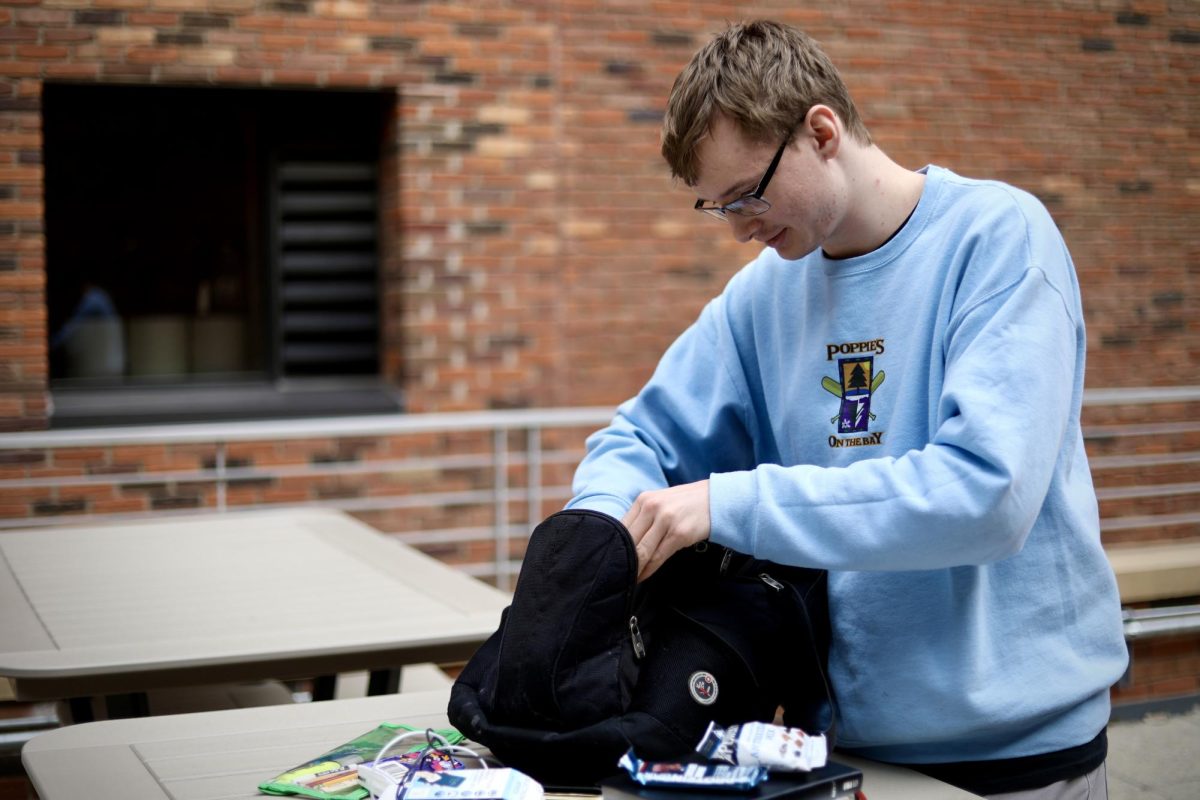The Clarion sat down with Sodexo General Manager Bob Schuchardt for a Q&A about the bees near North Village.
By Callie Schmidt
Whose idea was it to start the partnership between the University of Minnesota’s bee club, and why?
It was my idea. We were at the State Fair, at the building where the Bee Squad displays their honey. We got talking to them and I was amazed at everything they do as far as putting hives on buildings in Minneapolis/St.Paul, and also personal, if you want a hive in your backyard.
What did the process look like to implement the bee boxes?
Facilities approved it. We put in the boxes first thing in Sept. 2015 and helped us build the pad for the boxes. There was concern, I think, when we first brought the idea up to the university, that students were going to get stung, but we haven’t had any problem with that at all.
What is the benefit of having the hives on campus?
We wanted to enhance the Campus Garden. With the pollinators as a big focus, we wanted to be a part of that. It’s (important to have) that freshness right here. That’s what we try to do, and we thought, why not bees? They’re kinda fun.
What does the partnership look like?
(The Bee Squad) are right down the street in their new building on Larpenteur and Snelling. They’re known nationally and they have a great research department. They come every other week, they serve our boxes, they check for mites and maintain our boxes.
Where did we get the bees on campus, and what happens in the winter?
We had six or seven boxes, so they reduce the hives down, feed them sugar, and make sure there’s honey in there to carry them through the winter. In the winter, those boxes get 90 degrees inside, so they’re like little hot boxes.
How much honey did you produce this year?
We had 20 pounds the first year in 2015, in 2016 we had 41 pounds. This last year, we had 220 pounds.

What do you do with all the honey?
The first couples years, we bottled it all and gave it to the president and all the donors. We also did a Trustees dinner where we gave out a bottle gift. This year was the first year, with 220 pounds, that we bottled it and we sold it here on campus.
How much money was made from the sales of the honey?
We made $1,400. We pay for the service with the university (partnership). I also have to buy the boxes, so it’s really not a money-maker. I believe we invest $1575 a year with the bee squad. So do we make money? No. But hopefully we make an impression to the students.
What do you hope students will learn?
I hope students learn where food comes from. Wow. (There’s a) disconnect, as far as gardening, where products come from, and just the bees and that type of thing. We’re here to be stewards and educate students as far as where food comes from. That’s why I get frustrated when we have waste.
Do you have any personal connection to bees, or why is this important to you?
My wife Ruth and I planted the backyard with wildflowers. We have a big bird feeder. We just like nature, we’re always outside. We’re campers and hikers. I went to the University of Wisconsin-Stevens Point and studied biology and wildlife enforcement. I was going to be a conservation officer.
What do you hope for the future of the bees and the garden?
I’d like to have the students get involved into the garden. Or classes – they can use (the bees) as a platform for a different type of science. Or maybe the bee club could bring a class up there as they check the hives. It’s been a success on campus. I hope it adds value to the university.
This interview has been edited for brevity and clarity.

![Nelson Hall Resident Director Kendall Engelke Davis looks over to see what Resident Assistant Chloe Smith paints. For her weekly 8 p.m. staff development meeting in Nelson Shack April 16, Engelke Davis held a watercolor event to relieve stress. “It’s a unique opportunity to get to really invest and be in [RAs’] lives,” Engelke Davis said, “which I consider such a privilege.”](https://thebuclarion.com/wp-content/uploads/2024/05/041624_KendallEngelkeDavis_Holland_05-1200x800.jpg)
















